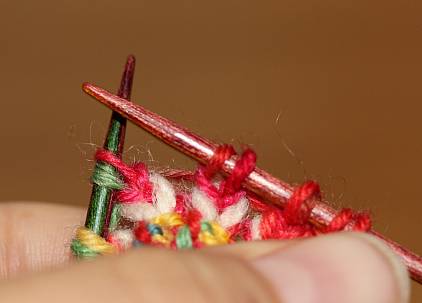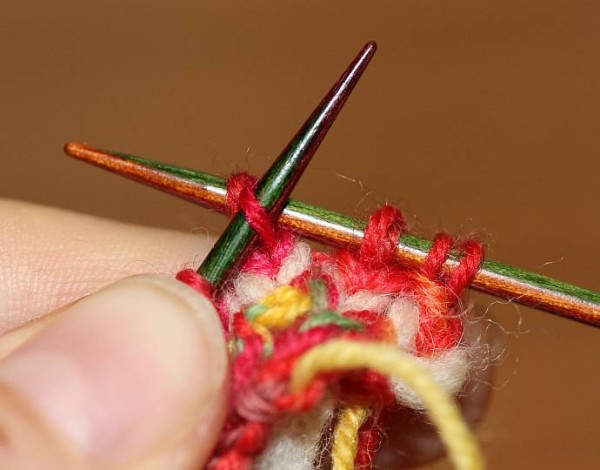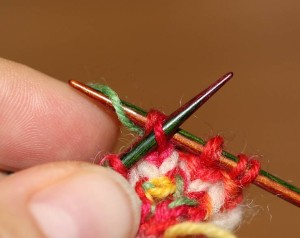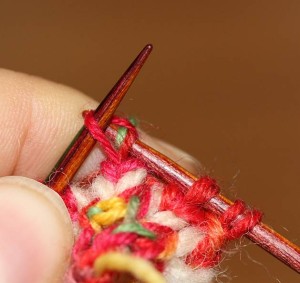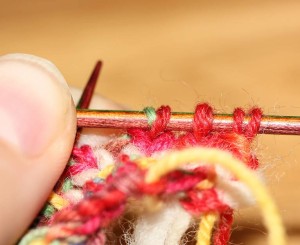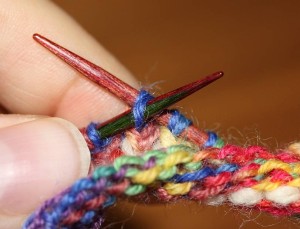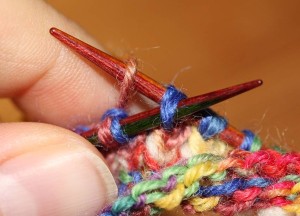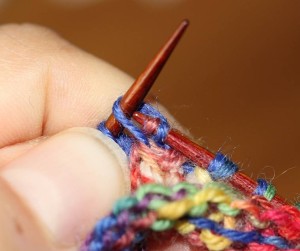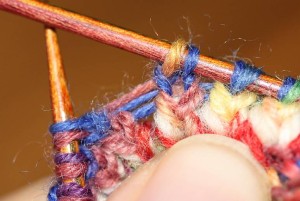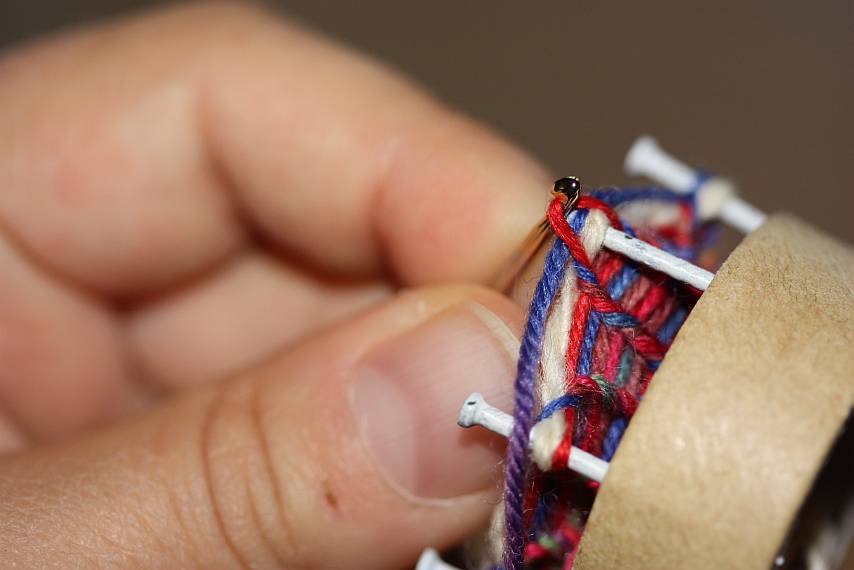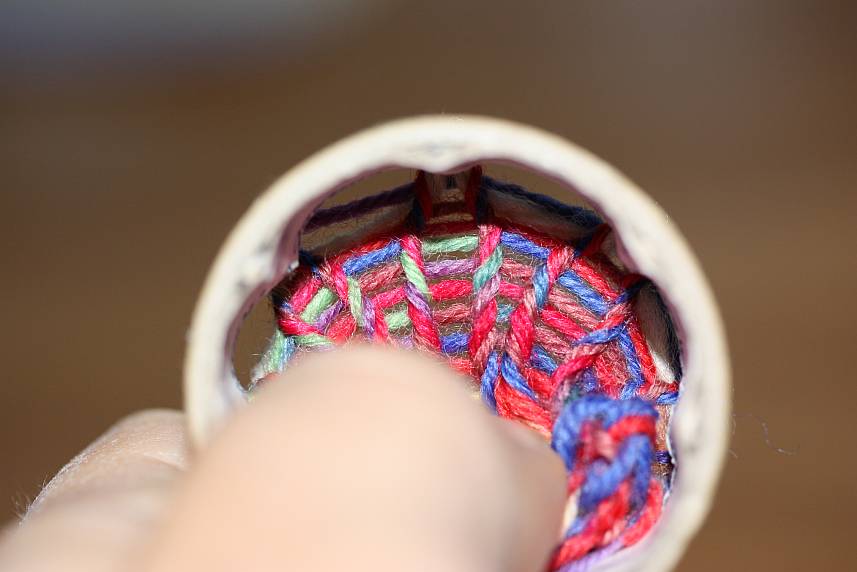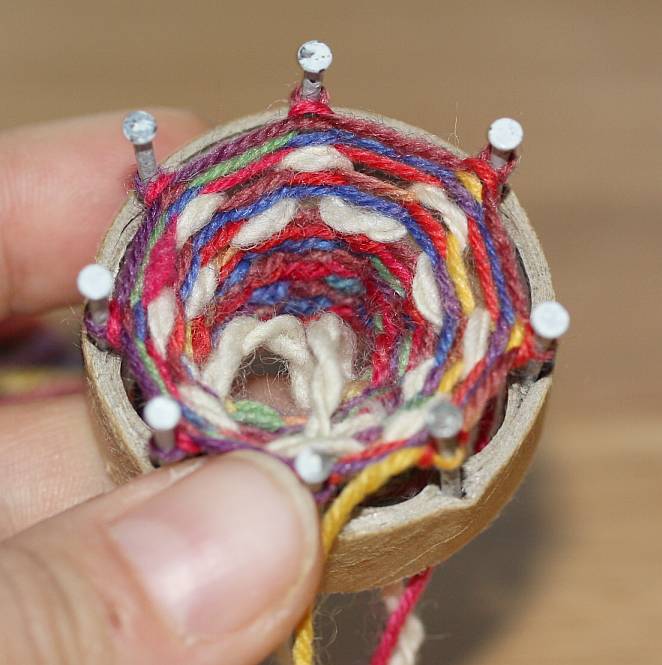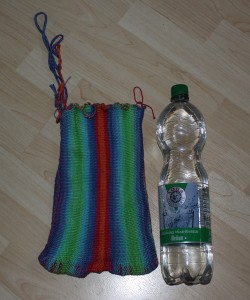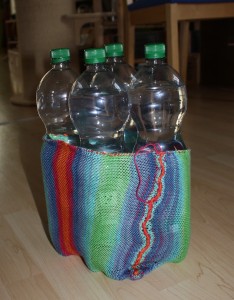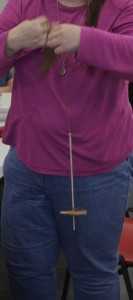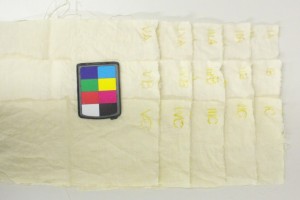Yes, I'm sure the last thing you want to hear about (again!) is the website stuff I've been dealing with... but bear with me one last time, as it's not my own website. Instead, it's the site of the European Textile Forum - which also had to transfer to a new server when I was changing my provider.
I took the opportunity to do some long-overdue overhauling of the site as well. It's not completely done yet (there's more stuff lined up to be made available again, in the new structure and hopefully in a more accessible way), but it's online, it's serviceable, it now also runs on Joomla! and there are a lot of small, behind-the-scenes changes that should make organising work for the next Forum a good bit easier for me. (Easier is always nice.)
[caption id="attachment_2048" align="alignnone" width="640"] This is how the page looks now - much nicer than before, I think. I hope you like it, and like always, if you have feedback - it's more than welcome!
This is how the page looks now - much nicer than before, I think. I hope you like it, and like always, if you have feedback - it's more than welcome!
I asked my new Internet guy to make the connection to the new place yesterday, and it went through delightfully fast, so you can now join me in enjoying the new site. And if you're interested in the Forum, or know somebody who might be, there's a newsletter you can subscribe to and we'll send you the occasional news and Call for Papers.
(My new Internet guy, by the way, has the wonderful company name Schwarzkünstler. That translates, literally, as "black artist", and that would have been someone in the printing business way back when printing was still new and it was still considered an art. Which means, as the internet is sort of the new form of print in a way, I get to have a little private squee for that name every time I see it. Which is very, very often at the moment, with all the logging in and transferring files...)
I took the opportunity to do some long-overdue overhauling of the site as well. It's not completely done yet (there's more stuff lined up to be made available again, in the new structure and hopefully in a more accessible way), but it's online, it's serviceable, it now also runs on Joomla! and there are a lot of small, behind-the-scenes changes that should make organising work for the next Forum a good bit easier for me. (Easier is always nice.)
[caption id="attachment_2048" align="alignnone" width="640"]
 This is how the page looks now - much nicer than before, I think. I hope you like it, and like always, if you have feedback - it's more than welcome!
This is how the page looks now - much nicer than before, I think. I hope you like it, and like always, if you have feedback - it's more than welcome!I asked my new Internet guy to make the connection to the new place yesterday, and it went through delightfully fast, so you can now join me in enjoying the new site. And if you're interested in the Forum, or know somebody who might be, there's a newsletter you can subscribe to and we'll send you the occasional news and Call for Papers.
(My new Internet guy, by the way, has the wonderful company name Schwarzkünstler. That translates, literally, as "black artist", and that would have been someone in the printing business way back when printing was still new and it was still considered an art. Which means, as the internet is sort of the new form of print in a way, I get to have a little private squee for that name every time I see it. Which is very, very often at the moment, with all the logging in and transferring files...)




